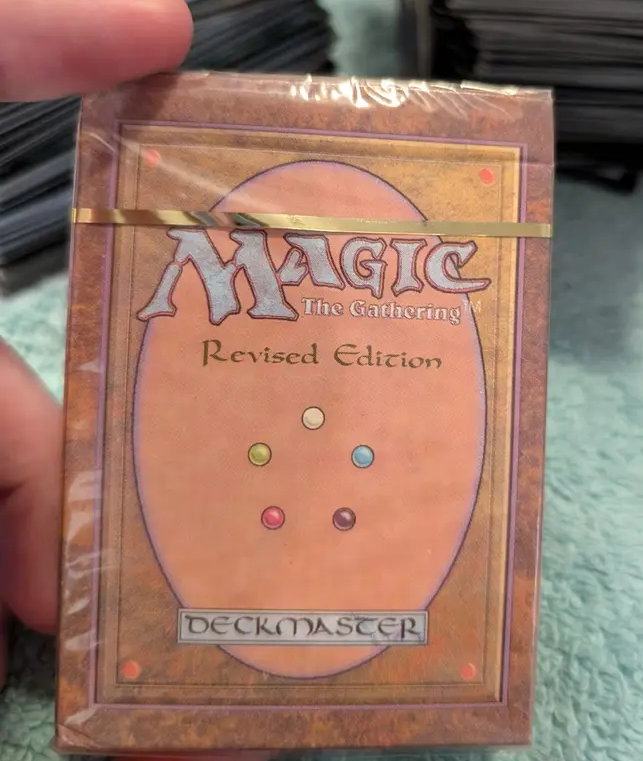
Northern Lights Alert: Here’s Where Aurora Borealis Can Be Seen Tonight—As Forecasters Predict Strong Showing
Topline A large chunk of northern U.S. states could get a glimpse at the northern lights on Thursday night, according to a National Oceanic and Atmospheric Administration forecast, which predicts a strong showing of the natural phenomenon amid a potentially severe geomagnetic storm (see the forecast for Friday night).
Key Facts
The National Oceanic and Atmospheric Administration forecasts a KP index of four Thursday night, meaning the aurora borealis is expected to become brighter.
A severe geomagnetic storm watch is also in effect for Thursday, one capable of pushing the aurora viewing line further south in addition to potentially interrupting radios and satellite navigation.
The viewing line is forecast to reach as low as the southern edge of Nebraska, though the farther north people are from the line, the better the chance they have at seeing the northern lights.
Where Will The Northern Lights Be Visible Thursday Night?
Parts of the northern United States are forecast to have a high likelihood of seeing the aurora, including Alaska and the northernmost portions of Washington, Idaho, Montana, North Dakota, Minnesota, Michigan and Wisconsin.
The central and southern parts of those states have a somewhat lower likelihood of seeing the phenomenon, as well as Wyoming, South Dakota and northern Iowa.
More than a dozen other states have a chance at seeing the northern lights in some areas: Colorado, Connecticut, Illinois, Indiana, Iowa, Maine, Massachusetts, Missouri, Nebraska, New Hampshire, New Jersey, New York, Ohio, Oregon, Pennsylvania, Rhode Island, Vermont and Washington.
How Can You Watch The Northern Lights?
The best aurora can typically be viewed between 10 p.m. and 2 a.m. in areas featuring little to no light pollution and clear skies. The National Oceanic and Atmospheric Administration also encourages aurora viewers to watch from a vantage point such as a hill.
How Can You Photograph The Lights?
Low shutter speeds and night mode will be crucial for those attempting to take photos of the aurora with their smartphones.
Key Background
Should Thursday night’s forecast prove accurate, viewers in the northern U.S. will get one of the best chances at seeing the northern lights in the last few months, when KP indexes of four or five were usually forecast. Luckily, for those who miss out on the aurora this time around, solar activity is expected to increase as the peak of Solar Cycle 25 should arrive between late 2024 and early 2026. The cycle can create a jump in sunspots and geomagnetic storms that could contribute to stronger aurora forecasts.








